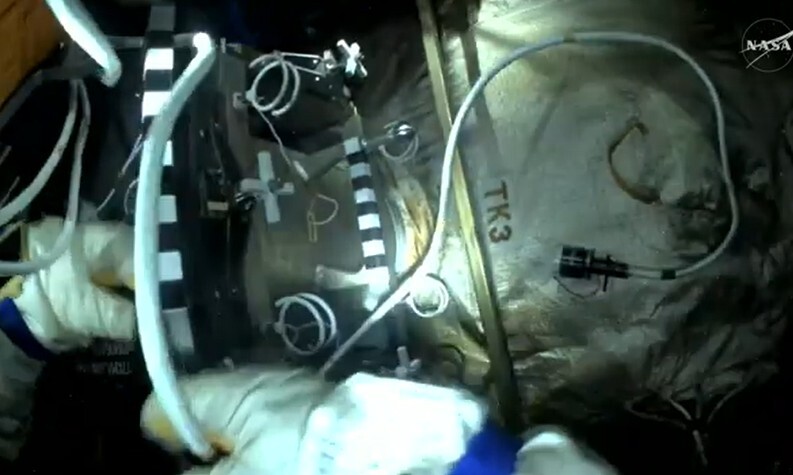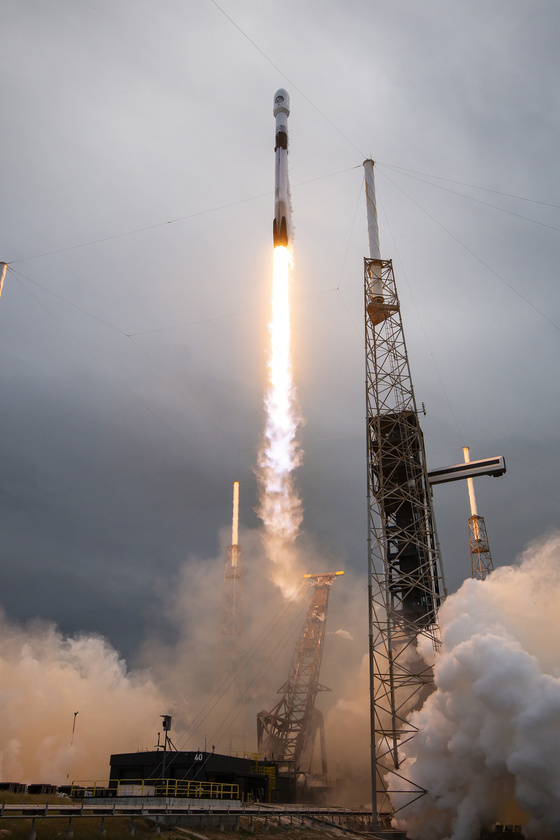Russian cosmonauts Sergey Ryzhikov and Alexey Zubritsky successfully completed a 6 hour and 54 minute spacewalk or extravehicular activity (EVA) outside the International Space Station (ISS) on Tuesday, beginning at about 1418 UTC. The primary objectives were to install experiment hardware on the Nauka Multipurpose Laboratory Module (MLM), including a pulse plasma injector for the Impuls experiment and the IPI-500 study on the ionosphere, and to relocate an external control panel for the European Robotic Arm (ERA).
The spacewalk was the second for the duo in October and the third for Expedition 73. It commenced with the cosmonauts exiting the Poisk Mini-Research Module-2 airlock at 1418 UTC.
Their first major task involved mounting a two-part apparatus to support the Impuls experiment, which aims to test the potential for jet engines to function in space.
They returned to the Ekran-M (Molecular Beam Epitaxy) experiment, replacing a cassette after discovering a loose gasket; the new cassette was secured with wire ties, and mission control confirmed good data was received.
The cosmonauts also cleaned a porthole on the Nauka module, opening and closing protective shutters as part of the maintenance.
The final task was relocating the ERA's external control panel to a new workstation on the Nauka MLM.
Due to the imminent arrival of Japan's HTV-X cargo vehicle on October 29, the planned jettison of obsolete equipment was postponed to avoid potential debris risks.
The spacewalk concluded at 2112 UTC with the cosmonauts safely re-entering the Poisk airlock.
This EVA marked the 277th in support of the ISS since 1998 and was Ryzhikov's third spacewalk (totaling 19 hours and 51 minutes) and Zubritsky's second (totaling 13 hours and 3 minutes).















